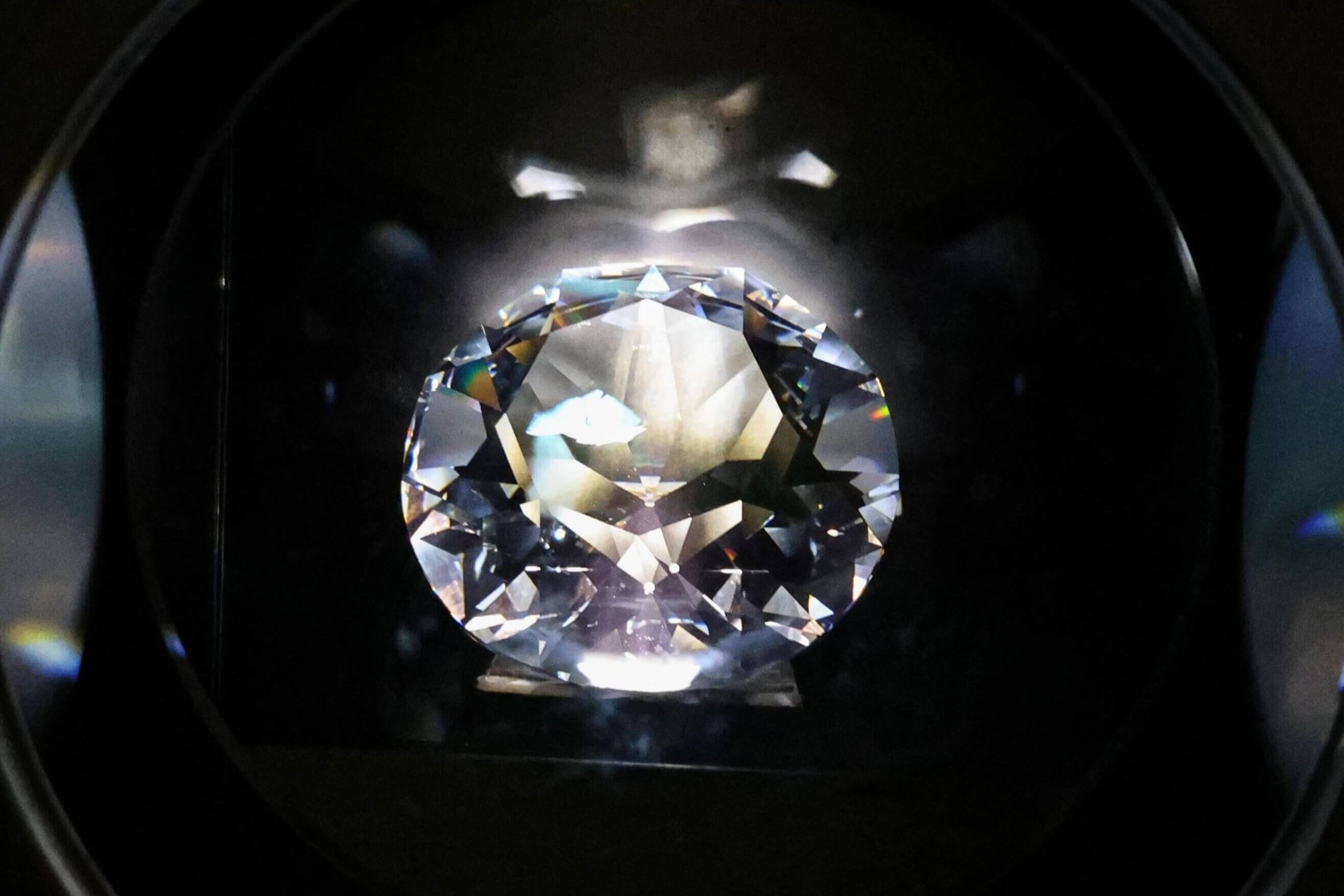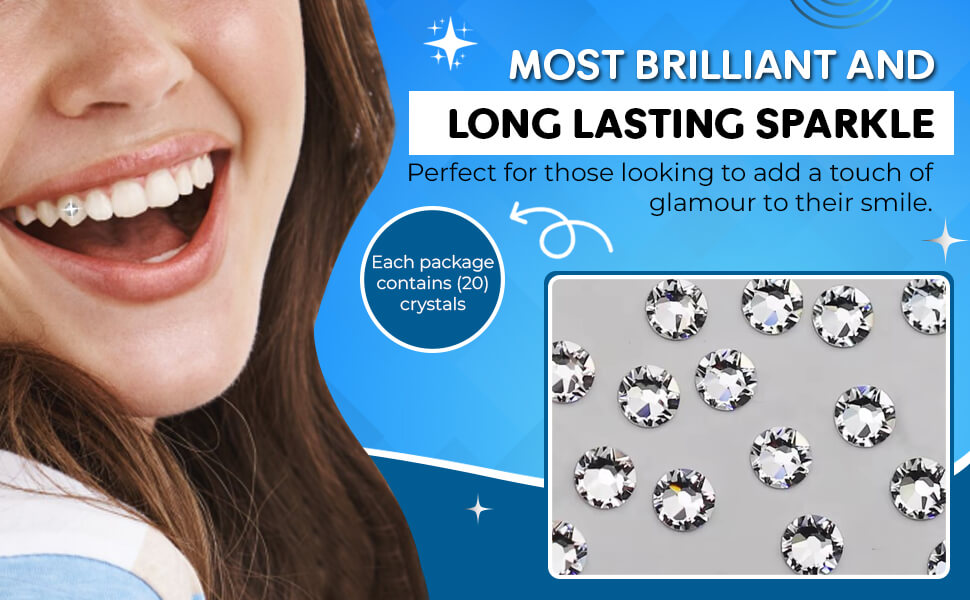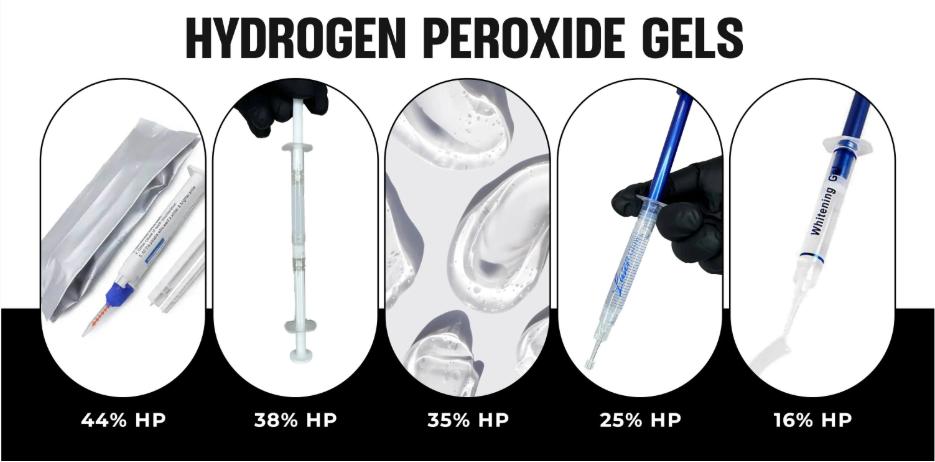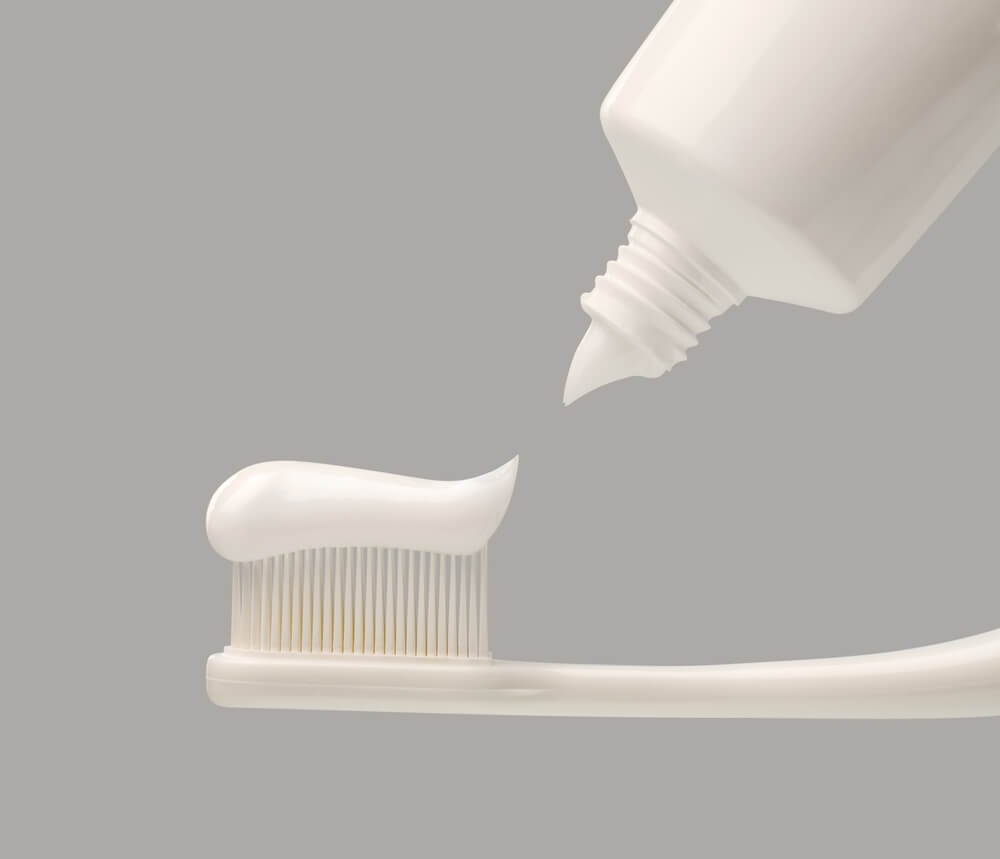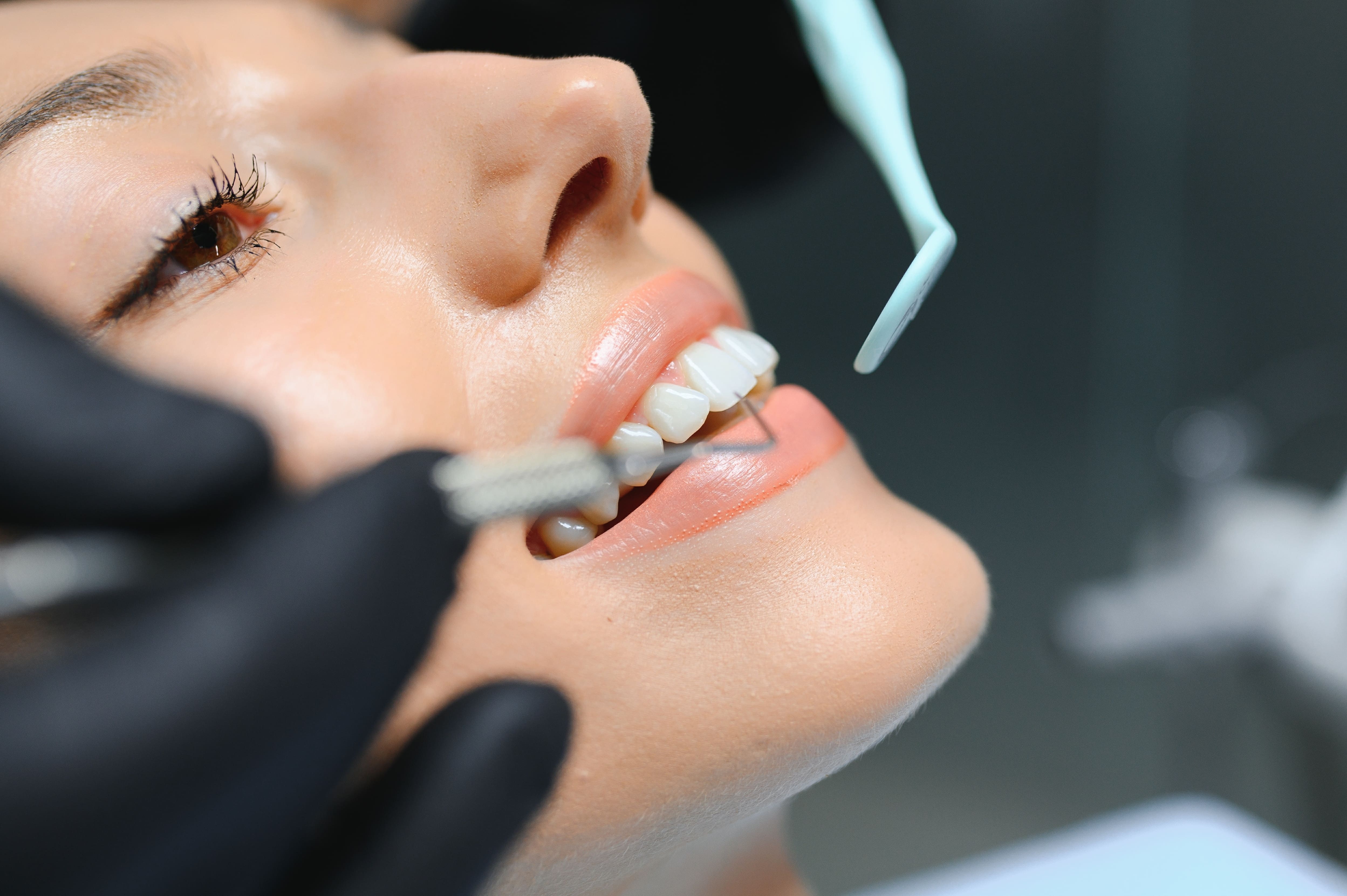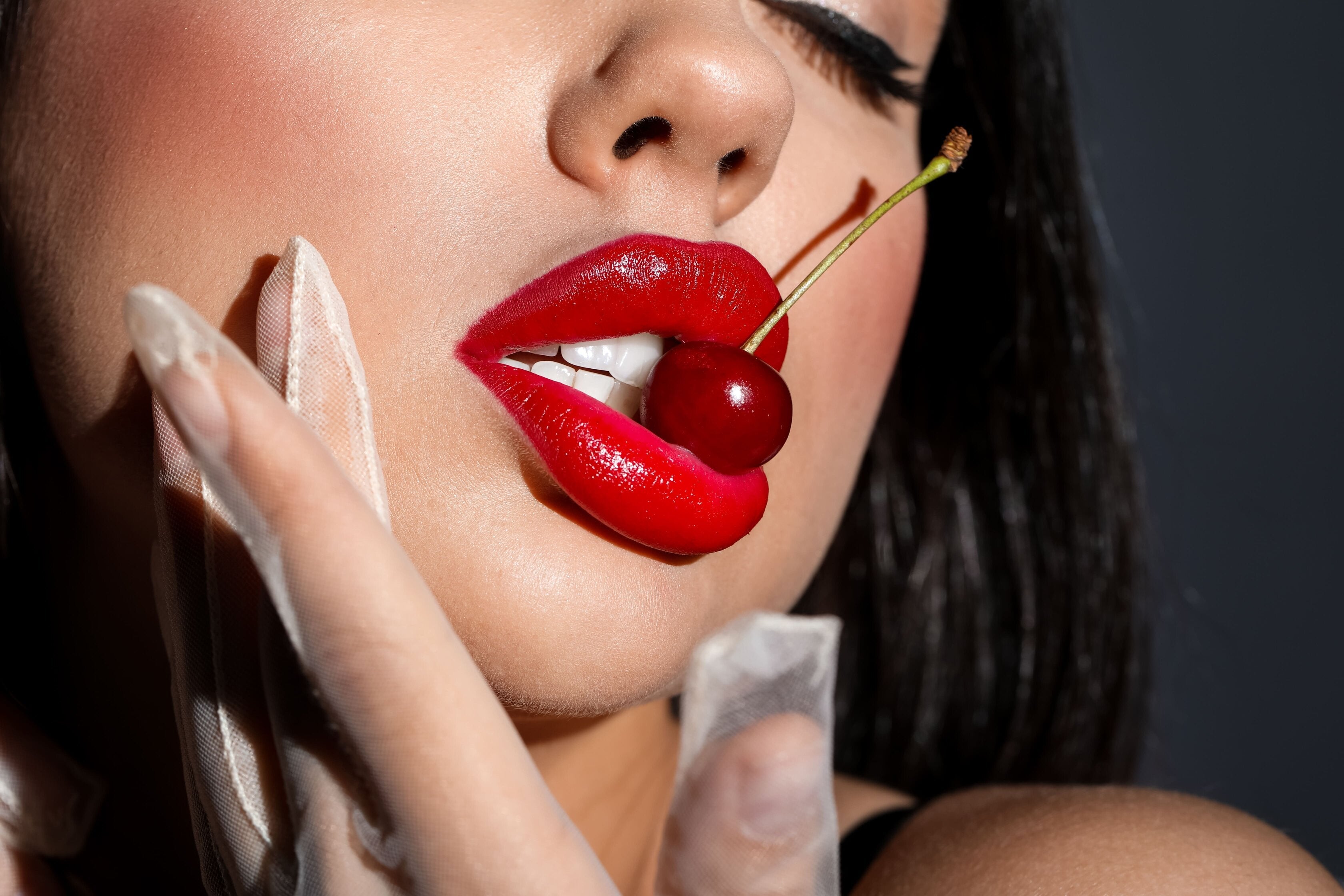Short answer: tooth gems can be enamel-safe when applied with professional materials and removed correctly. The real risks come from low-quality adhesives, untrained application, and DIY removal. Use this myth-busting guide to decide confidently—then see our clinical Aftercare & Safety page for the technical details.
Reviewed by David Hanna, RDH
Think of tooth gems like semi-permanent jewelry for your smile. Done well, they’re temporary, non-invasive, and confidence-boosting. Done poorly, they can irritate gums, trap plaque, or scratch enamel. Below, we separate myths from facts, give you a quick safety checklist, and flag situations where you should wait.
Need the clinical protocol, hygiene steps, and enamel-safe do’s & don’ts? Read our Professional Aftercare & Safety Guide (evergreen resource hub).
🔎 Myth vs Fact
Myth: “Tooth gems drill into your teeth.”
Fact: Proper application is non-invasive—no drilling on sound enamel. A dental-grade resin bonds the gem to the surface and can be polished off professionally.
Myth: “They ruin enamel.”
Fact: Enamel issues usually trace to wrong adhesives or DIY removal. With pro materials and correct removal, your enamel should remain smooth and intact.
Myth: “You can use nail glue—it’s the same.”
Fact: Household glues can irritate gums and stain enamel. Only use products intended for teeth and applied by trained providers.
Myth: “Brushing will knock it off.”
Fact: With a proper bond and curing, normal brushing is fine. Focus on gentle passes around edges and keep flossing as usual.
✅ Safety Decision Checklist (2 Minutes)
- Provider: Are they trained or licensed? Do they explain etch/bond/LED curing and aftercare?
- Materials: Are the gems and adhesives designed for teeth (not craft gems or nail glue)?
- Placement: Is the location low-stress (not biting edges) and free of cracks or existing restorations?
- Hygiene Plan: Do you understand brushing, flossing, and what to avoid in the first 24 hours?
- Exit Plan: Do they offer professional removal and polish when you’re ready?
Want pro-level longevity tips instead of DIY hacks? See our Longevity & Maintenance Guide.
🛑 Who Should Wait (and Red Flags)
- Active cavities, untreated gum disease, or cracked teeth—fix these first.
- New orthodontic attachments or recent whitening (wait for sensitivity to subside).
- High-contact sports without a mouthguard.
- Any provider who can’t name their adhesive system or offers to use “super glue.”
🧠 What Professionals Emphasize
Dental professionals are generally cautious about unregulated adhesives and DIY removal—not about the concept of tooth gems themselves. The consensus: use dental-intended materials, follow proper bonding steps, and rely on professional removal.
Want the enamel-safe routine and post-care steps?
Open the Aftercare & Safety Guide →🩵 Safer Choices Start with Better Materials
If you’re shopping, choose gems and kits intended for teeth—never craft crystals or household glues.
- Premium Crystal Tooth Gems — brilliant clarity designed for smiles
- Tooth Gem Kit (Etch • Bond • Adhesive) — professional-grade system
- Removal Tool (Pro) — for trained providers only
✨ Bottom Line
Tooth gems can be safe for enamel when you choose a trained provider, dental-intended materials, and proper aftercare. Skip shortcuts, book professional removal, and you’ll enjoy the sparkle—minus the stress.
Reviewed by David Hanna, RDH – Licensed Dental Hygienist.


